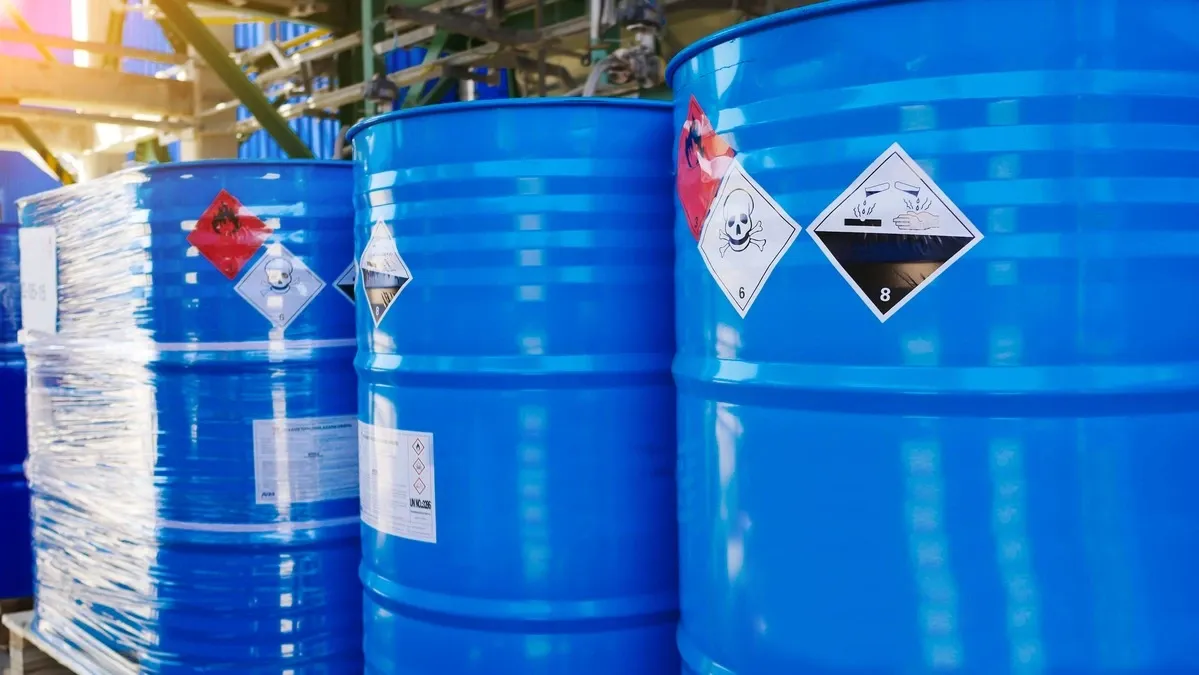American Bureau of Shipping has updated the February 2021 version of The Guide for Application of Higher-Strength Hull Structural Thick Steel Plates in Container Carriers.
The drive for increasingly efficient sea-borne container transportation has led to significant growth in the size of container carriers, which is why the application of hull structural thick steel plates in the upper flange of large container carriers is a natural choice for the hull structure to meet the required hull girder strength.
High-Strength Hull Structural Thick Steel Plates
Steel plates well in excess of 50 mm (2 in.) in thickness are commonly found in large container carriers.
More recently, one significant technical innovation on the next generation of container carriers is the application of hull structural thick steel plates with a minimum yield stress of 460 N/ mm2 (47 kgf/mm2, 67 ksi), as well as the application of brittle crack arrest steel. The Guide provides guidance on the design, construction, and operation of container carriers built with such high-strength steel.
While the February 2021 edition aligned the long-term distribution factor in A1/5.5 with the Marine Vessel Rules, the March 2022 edition aligns the wave bending moment in A2/3 with 5C-5-A4a/3.5.2 of the Marine Vessel Rules.
The Guide became effective on the 1st of March 2022.
If you need more information, please visit the ABS Rules and Guides page, where the document is available FOR FREE.










Related News
ABS issues first industry advisory on ammonia bunkering for marine fuel
Jul 25, 2024
Most important regulatory news published in the last two weeks
Jun 17, 2024
ABS issues Requirements for Sterntubeless Vessels with Water-Lubricated Bearings
Jun 11, 2024